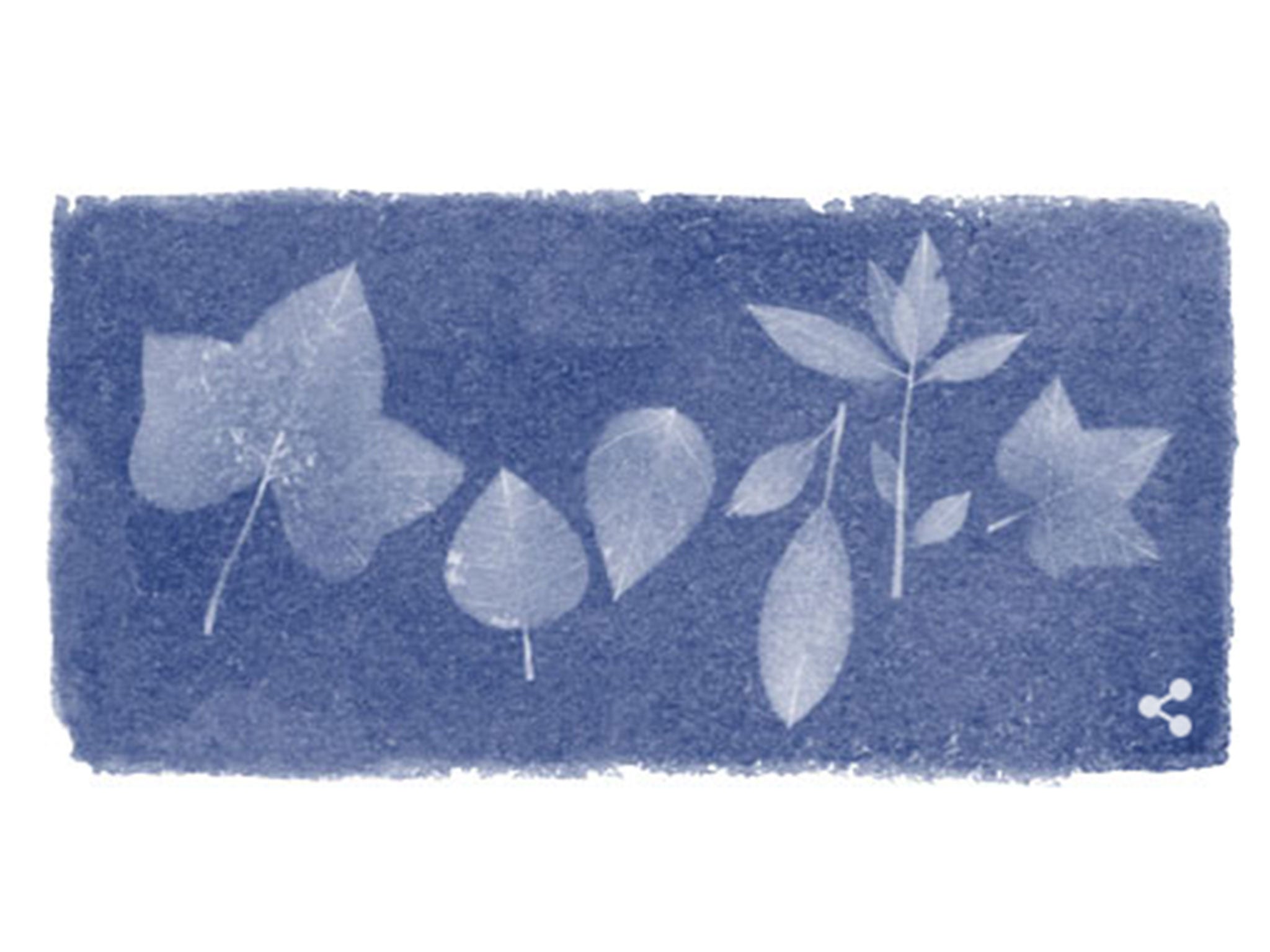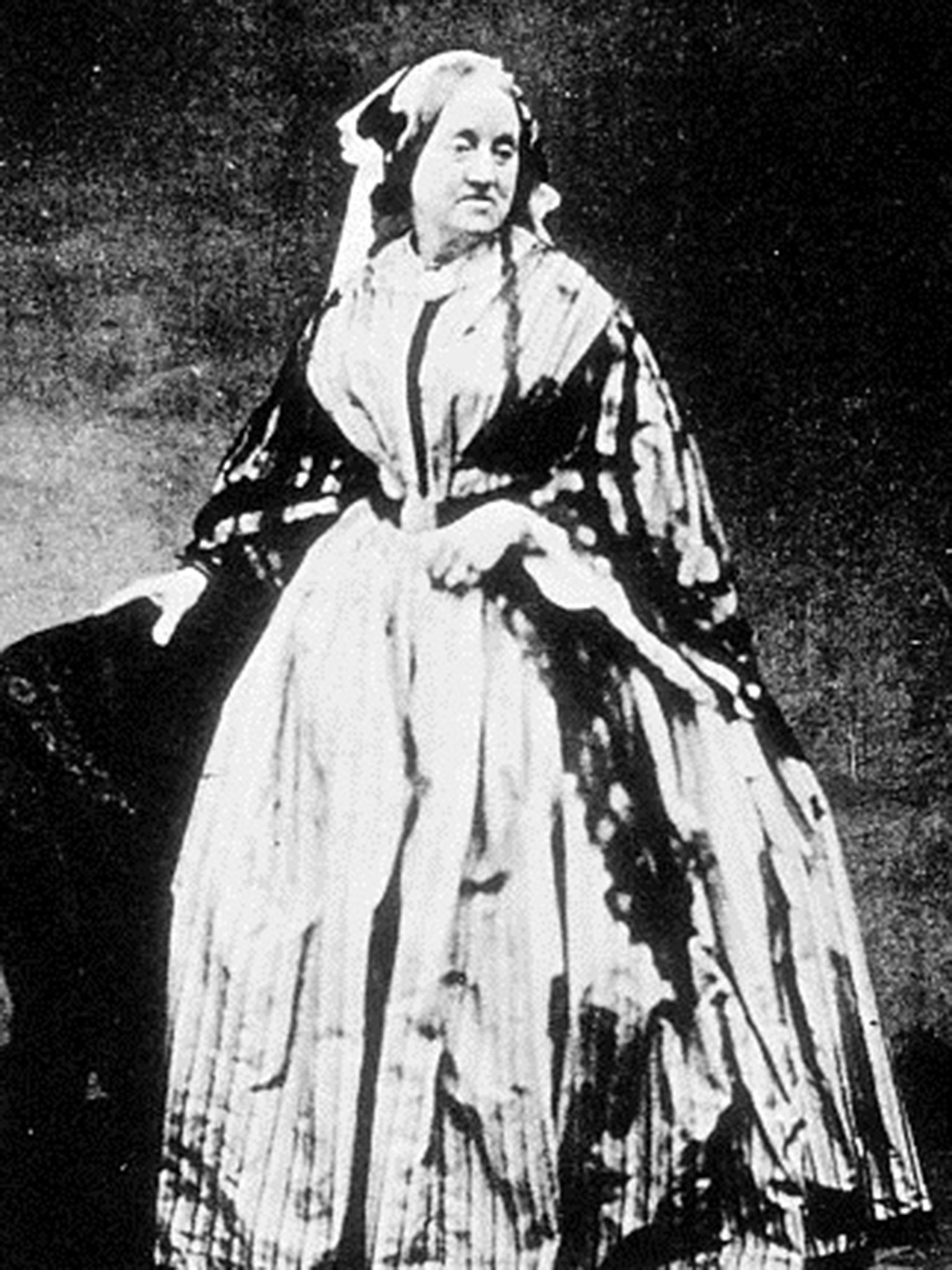Anna Atkins: This is why British scientist who produced first photographic book has been given a Google Doodle
A look at the British scientist whose use of cyanotypes in botanical books was a first for scientific publishing, and for photography

Today marks the birthday of Anna Atkins, a British botanist whose use of cyanotypes - or 'sunprints' - of plants and algae in botanical studies paved the way for the use of photography in scientific publishing.
Now versions of her beautiful photographic images are being used as a Google doodle to celebrate the 216th anniversary of her birth, in 1799. The delicate leaves used to spell out the name of the search engine are slate blue against a darker blue background. This is due to the cyanotype process, which involves the exposure of a mix of ammonium iron citrate and potassium ferricyanide to ultraviolet light, leaving the paper so-called Prussian blue.
In fact, the word 'blueprint' comes from the same process, which had previously been used to reproduce architectural drawings and designs. Atkins' claim to fame rests on her realisation that the photographic process could be used to give accurate and detailed botanical images, thus advancing the possibility of scientific illustration. She did this by placing leaves directly on the paper for the length of the exposure, which makes these, strictly speaking, photograms, rather than photographs.

However, Atkins' first book using the technique didn't show leaves such as those we see in today's Google Doodle. Instead this was Photographs of British Algae, in 1843, a privately published collection with handwritten captions to the individually produced cyanotypes.
It was her mentor - and the inventor of the cyanotype process - English astronomer Sir John Herschel, who produced the first commercially published book illustrated with photographs, The Pencil of Nature, in 1844.
Atkins was born in Tonbridge in Kent and received an unusually scientific education for a woman of her time, following in the footsteps of her father, John George Children. Long before her experiments with cyanotypes, her engravings of shells were used to illustrate her father's translation of a book on the subject.
After her book on algae, she collaborated with Anne Dixon on at least two more botanical books, Cyanotypes of British and Foreign Ferns and Cyanotypes of British and Foreign Flowering Plants and Ferns.
Because they were produced in such small numbers, her books are very rare, and have fetched up to £229,000 at auction.
Join our commenting forum
Join thought-provoking conversations, follow other Independent readers and see their replies
Comments
Bookmark popover
Removed from bookmarks